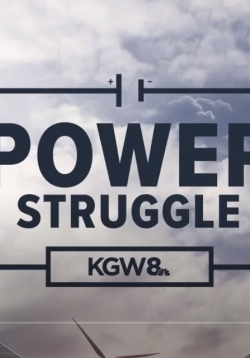
Great synopsis of historical and future problems with energy supply and management in the Pacific Northwest. Strong utility policy focus, with good info in the context of Integrated Resource Plans and Renewable Portfolio Standards.

Great synopsis of historical and future problems with energy supply and management in the Pacific Northwest. Strong utility policy focus, with good info in the context of Integrated Resource Plans and Renewable Portfolio Standards.
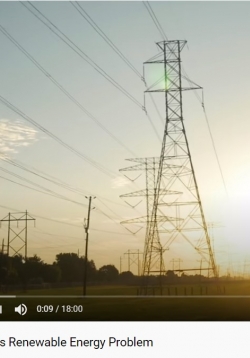
A great if not overly-detailed overview/case study of how renewables can affect grid reliability, including the promise and limitations of battery technology; Includes issues of baseload and incluson of policy, as well as calculations of large-scale energy estimates. Great for an HS audience. Focus on California as a case study for national trends.

A superb research resource for MS and HS students that provides state-by-state data on energy consumption, generation and costs. Also includes state rankings for various energy sources, and individual generation facilities in an interactive map so students can understand what resources and sources of energy and present locally, as well as the grid interconnections. The EIA site also a links to a wealth of other energy data and reports for more detailed analysis, inluding near-term energy forecasts.
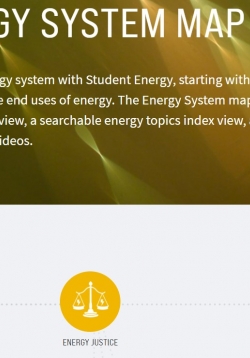
An amazing resource focused on providing students with a wealth of resources-videos, articles, and other reosurces-focused on a huge variety of applied energy topics. This is an amazing go-to resource for startingto explore enegry, or going deeper into applied energy issues. It is also an opportunity to engage students more deeply in energy advocacy.

A robust game/simulation that models energy in many city simulations and requires players to balance energy needs, costs, environmental and social concerns as they seek to power their growing region. A fantastic way to introduce or reinforce exploration of sources of energy and grid concepts.
NOTE: THis game uses Adobe Flash, which is being phased out by many browsers. You may need to find a browser that will support Flash in order to access the game.
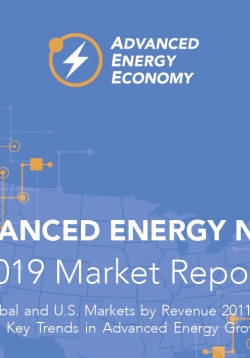
The Advanced Energy Now 2019 Market Report is the sixth report of market size, by revenue, of the advanced energy industry, worldwide and in the United States.
In this three-part comprehensive place-based and project-based unit, students will learn and apply rebnewable energy content to devise action plans at an individual, family, and local level. Students will use primary and secondary research explore energy...
In this lesson students will further explore their understanding of energy, electricity, and basic circuits. Students will begin their exploration of batteries by questioning where batteries end up when we are done using them, making connections to e-waste...
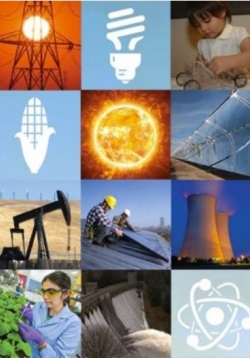
Energy Literacy: Essential Principles and Fundamental Concepts for Energy Education is an interdisciplinary approach to teaching and learning about energy. The framework identifies seven Essential Principles and a set of Fundamental Concepts to support each principle. The guide does not seek to identify all areas of energy understanding, but rather to focus on those that are essential for all citizens K-Gray. It presents energy concepts that, if understood and applied, will help individuals and communities make informed energy decisions.

Released in response to President Obama's Clean Power Plan, this analysis and policy platform's goal is "to empower communities working for a Just Transition to a clean energy future by organizing to protect the integrity of the CPP and ensuring Federal and State Implementation Plans adhere to principles of environmental justice." It addresses effects on frontline communities, incorproatin of environmetal justice principles into state and federal energy plans, regulation of carbon and co-pollutant emisisons, policy loopholes to incentivize fossil fuel extraction, clean energy and conservtation, and access to clean energy careers.
Bonneville Environmental Foundation
1500 SW 1st Avenue, Suite 710
Portland OR 97201
phone: 503-248-1905